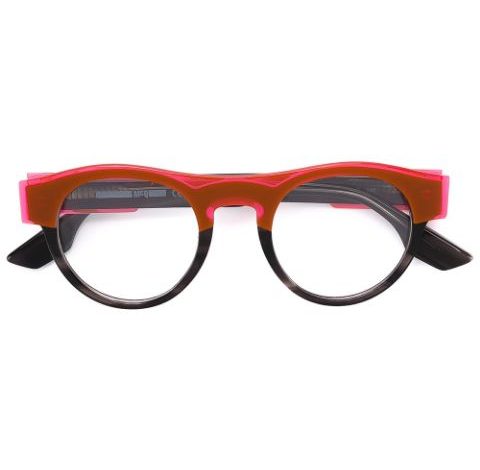These are some of the most common questions I get from you:
1. At what age can I take my child to get their eyes tested:
School going age is a good time to do this, unless there is something obviously wrong with the child’s eyes like a squint. Here are some signs that your child might have some vision problems:
If they complain of not being able to see the board from a particular distance, or if the teacher says they can’t seem to copy information from the board accurately.
- If they constantly cover one eye in order to see clearly, if you notice this happening, get them tested as soon as possible (see discussion below).
- If they seem to have trouble reading (If they’re reading below their age level), skipping words, lines etc. could be a sign of eye muscle weakness that requires a few exercises.
- If they fail an eye screening test at school.
2. Is my child not too young for spectacles?
A child’s visual system develops from birth until about eight years of age. During this time the eyes learn to communicate with the brain. The optic nerves that connect the eyes to the brain gradually mature. This development is a vital part of achieving good vision. Eye problems during the first eight years of life can affect this development and cause a condition called Amblyopia or lazy eye. A lazy eye is an eye with reduced sight caused because the vision did not develop normally in the early years of life.
Children who have one eye which is more long-sighted or more short-sighted than the other eye may develop a lazy eye. The weaker eye will see a blurred image resulting in the brain “switching it off” in order to avoid double vision. Children with this sort of problem will often close the weaker eye in order to see properly.
A squint (a turn in one eye) is the other main cause of a lazy eye. The vision from the eye with the squint may be ignored, affecting the development of the visual system. So squints and lazy eyes are closely linked and are often found together.
In the case of amblyopia, vision correction must be done as soon as possible, and vision therapy involving patching the good eye to force the weaker eye to work, goes a long way in ensuring optimal visual health.
Don’t ignore your children’s visual complaints, though some may be due to peer pressure, it’s better to be sure.


